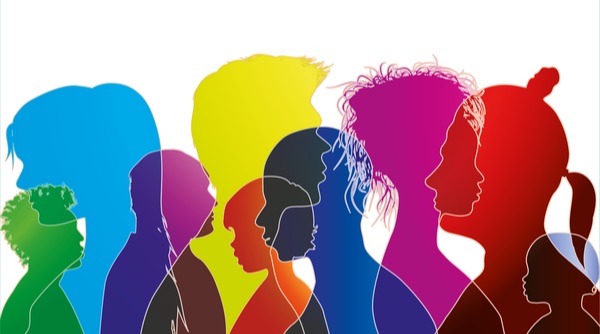Home > ASME Articles > Race, Psychosocial Characteristics, and Treatment Outcomes for People with Cannabis Use Disorder
Addiction Science Made Easy
August 2021
CTN Dissemination Library

However, Black and Hispanic Americans are arrested and charged with cannabis-related crimes at rates that are much higher than white Americans. Additionally, racially diverse Americans are diagnosed with cannabis use disorder (CUD) at a higher rate than whites, a disparity that may be at least partially explained by systemic bias and barriers to healthcare.
Unique racial, ethnic, and cultural distinctions with respect to the specific methods of use of cannabis may also play a role in CUD. Different methods of use may impact an individual’s pattern of use and their response to CUD treatment. In other words, a person’s method of use – not just how much and how often they use -- might be an important factor in treatment planning and outcomes.
This study looked at data from a randomized placebo-controlled trial of a pharmacological intervention for adults with CUD (CTN-0053) to classify treatment-seeking cannabis users by their primary method of use. Participants were put into 4 groups, based on their primary method of combustible cannabis use:
Cannabis users with a preference for joints were more likely to be white compared to other racial groups. In contrast, more participants who preferred blunts were Black. Hispanic ethnicity was not found to be significantly associated with any of the profiles.
In terms of treatment outcomes, the Primarily Joint profile was found to have the highest cannabis relapse rate at 1-month follow-up (94%) with Primarily Blunt in second place (87%), both significantly greater than Mixed Method (74%) and Primarily Pipe (78%) profiles. All these rates of relapse are high, however, which speaks to the challenges experienced by cannabis users who want to stop their use and the need for more effective interventions.
Conclusions: This study looked at groups of cannabis users based on their primary method of use and found significant differences in abstinence rates across those profiles. Treatment programs should consider the unique characteristics associated with various methods of use and develop culturally-tailored interventions that can address the specific needs of such users, particularly blunt and joint users.
Find it in the CTN Dissemination Library